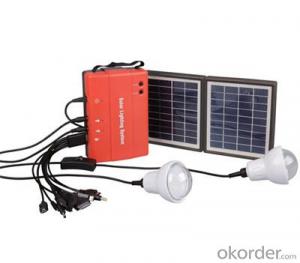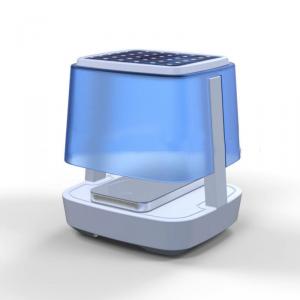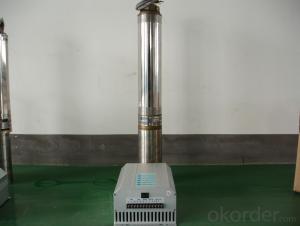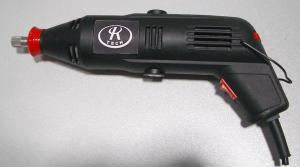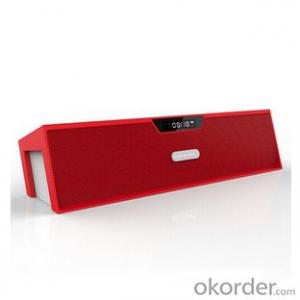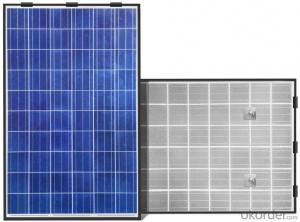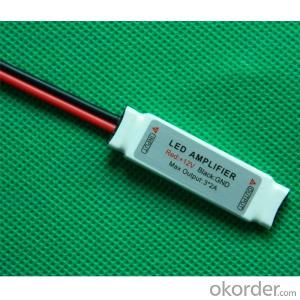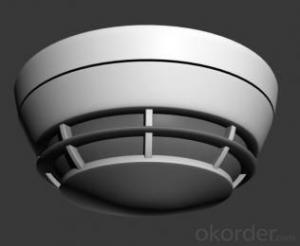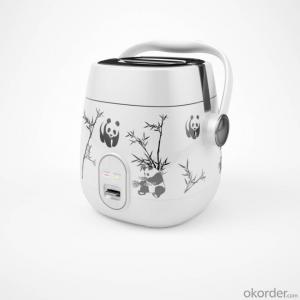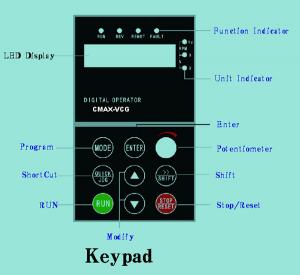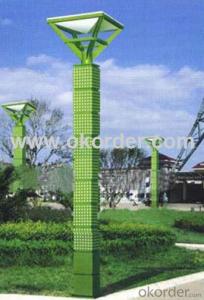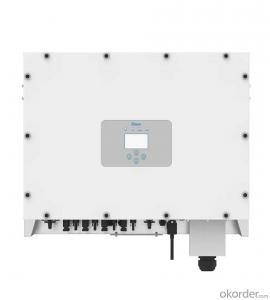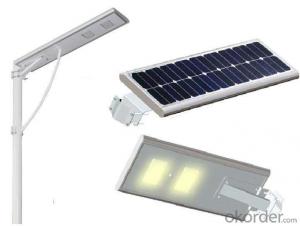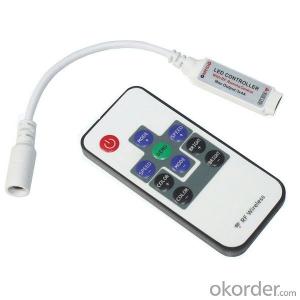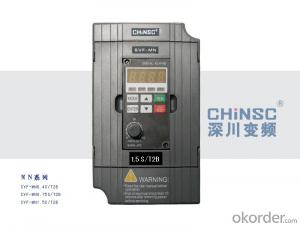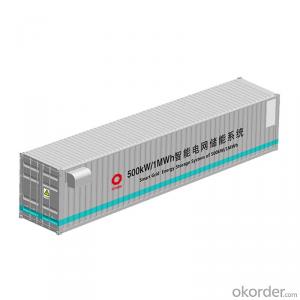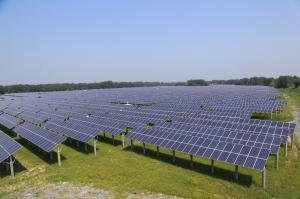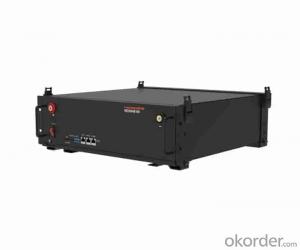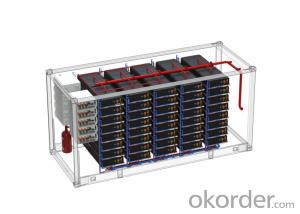Mini Inverter Solar
Mini Inverter Solar Related Searches
Mini Solar Inverter Solar Inverter Mini Solar Mini Inverter Mini Solar Inverter Kit Solar Panel Mini Inverter Mini Inverter Solar Panels Mini Solar Inverter For Home Micro Inverter Solar Micro Solar Inverter Small Solar Inverter Mini Solar Module Solar Mini Inverter Price Micro Inverter Solar Panel Small Solar Panel Inverter Micro Inverter Solar Kit Micro Inverter For Solar Panel Micro Inverter Solar System Cheap Solar Micro Inverter Inverter Solar Solar Small Inverter Solar Micro Inverter Mini Solar Panel Module Solar Solar Inverter Cheap Solar Inverter Cheap Solar Power Inverter Microtek Solar Inverter Smart Inverter Solar Solar Smart Micro Inverter Inverter Battery Solar Inverter For SolarMini Inverter Solar Supplier & Manufacturer from China
Mini Inverter Solar products are a compact and efficient solution for harnessing solar energy. These systems incorporate microinverters that optimize power output from each individual solar panel, ensuring maximum efficiency and performance. This design allows for easier installation and maintenance, as well as improved energy yield, making them a popular choice for residential and small-scale commercial applications.The Mini Inverter Solar systems are widely used in various settings, such as rooftop installations, RVs, boats, and off-grid applications. They provide a reliable and eco-friendly source of power, reducing dependence on traditional energy sources and lowering electricity bills. These systems are particularly beneficial in areas with limited space or where shade can affect the performance of traditional solar panels, as the microinverters help to mitigate the impact of partial shading.
Okorder.com is a leading wholesale supplier of Mini Inverter Solar products, offering a vast inventory to cater to the diverse needs of customers worldwide. With a commitment to quality and customer satisfaction, Okorder.com ensures that each Mini Inverter Solar product is thoroughly tested and meets the highest industry standards. This extensive selection and dedication to excellence make Okorder.com the go-to source for those seeking reliable and efficient solar energy solutions.
